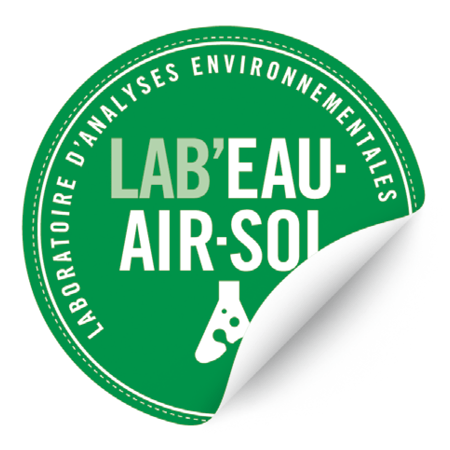The weeping merula, scientifically known as Serpula lacrymans, is a wood-boring fungus nicknamed the cancer of the building industry. And this nickname is no exaggeration… Like cancer, merula is highly resilient and has an exceptional ability to spread.
Weeping merula is a crust-growing fungus with filamentous structures called “syrrotes”, which give it an impressive robustness and capacity for expansion. Indeed, these thick mycelial cords can travel several meters through different materials in search of sources of water and nutrients. This mechanism is what makes it so special, enabling it to establish itself effectively in buildings.
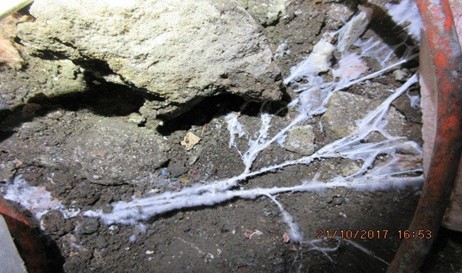
The life cycle of the merula is divided into several successive phases, during which the fungus takes on different morphological appearances. It begins with the cottony phase, during which the mycelium develops into white, flexible filaments. At this stage, the mycelium is very loose, making it translucent and difficult to see. This is followed by a propagation phase, during which the fungus densifies into a grayer crust and produces syrrotes to ensure access to nutrients. Finally, if the need arises, the fungus enters the sporulation phase. It then becomes fertile, and its surface takes on a typically meruloid or labyrinthine, orange-brown appearance. Given the variety of forms it can take, merula is often difficult to identify with certainty with the naked eye, especially in its early stages, as other fungi can resemble it. Indeed, other relatively common building fungi such as Fibroporia vaillanti, Meruliporia pulverulenta and Coniophora puteana can all be mistaken for weeping merula at one or other of their growth stages. However, given the more complex and expensive measures required to treat cases of weeping merula, it’s important to be certain of its identification. Hence the importance of laboratory analysis in this type of situation.
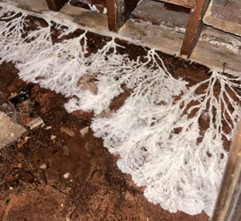
This fungal plague is favored by high humidity, cool temperatures, almost non-existent ventilation and lack of light. Consequently, it is typically found in crawl spaces, cellars and basements. It is distinguished by its ability to colonize not only on wood, but also on many other surfaces such as clay, concrete, plastics or plaster. It can penetrate entire walls in search of moisture or nutrients, making it difficult to pinpoint the source of the problem. Like around 20% of wood-destroying fungi in nature, merula causes structural damage to wood through brown rot (cubic rot). This type of wood decay results from the degradation of the cellulose fibers (white in color), leaving the lignin (brown in color) intact, hence the typical discoloration of affected wood. Unfortunately, this process will also greatly affect the structural rigidity of the wood, often resulting in particularly costly work.
Weeping merula is not considered “toxic” in itself to human health. However, its presence in a building indicates high humidity and a lack of ventilation, which are also conditions conducive to the development of numerous molds. In sensitive individuals, fungal spores can cause serious hypersensitivity problems, and exposure to mold in children is linked, among other things, to the aggravation of asthma.
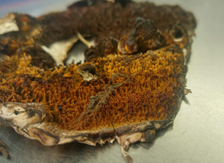
Prevention is the best strategy against building cancer. It’s based on moisture control, effective ventilation and proper sealing of floors and foundations. Installing polyethylene sheeting on exposed soil, setting up drainage systems, and promoting natural or mechanical ventilation are all avenues that can help limit the ability of merula (and other damaging fungi) to take hold in your living environment.
Lab’EAU-AIR-SOL has a rigorous team of qualified microbiologists and chemists for your analysis needs. If you suspect the presence of this fungus in your building, or if you’d like to take advantage of our training courses to learn more about the subject, don’t hesitate to contact us for professional guidance!
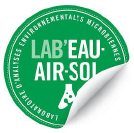 MEMBRE DU GROUPE EXPERTBÂTIMENT
MEMBRE DU GROUPE EXPERTBÂTIMENT